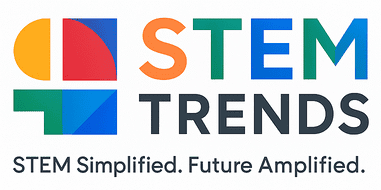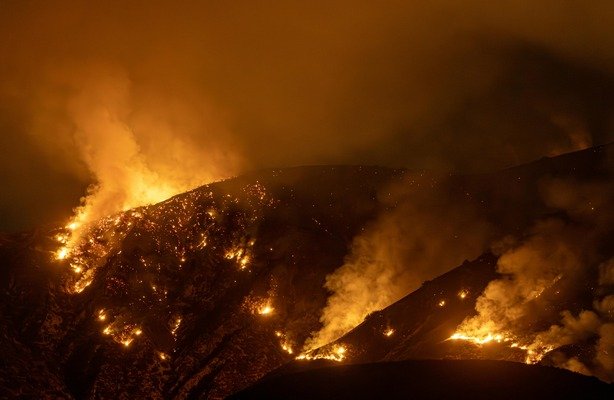Fire Prevention Just Got a New Turn: Studies Reveal Strategies To Save Lives And Property
By John
You probably must have seen, heard, or maybe experienced a fire outbreak before. I have too, and in this article, I bring to you the latest on how you can prevent such occurrences. Various communities living near wildland areas have faced an increasing fire risk in recent years—and scientific study is now reshaping how we prevent, prepare for, and respond to these threats. In a recent groundbreaking research by Science Advances, led by researchers at the National Center for Atmospheric Research (NCAR) and funded by NSF and NOAA, it reveals that fires at the wildland‑urban interface (WUI) pose far greater threats to human health than remote wildfires. It also offers fresh insights that could revolutionize prevention strategies.
Wildland Urban Interface Fires
According to the study, it shows that although WUI fires account for only about 3% of all fire emissions globally, but they contribute to nearly 9% of premature deaths, disproportionately affecting people who live nearby. For example, in North America, WUI fires represent 6% of fires but cause around 9.3% of smoke‑related premature deaths. That’s because smoke from WUI fires contains particulate matter and ozone precursors that remain close to urban populations—resulting in concentrated, high‑impact exposure.
Tracking, Detection, and Emission Early
The importance of detailed emissions modeling is one of the major takeaways from this research. The research team used NCAR’s MUSICA (Multi‑Scale Infrastructure for Chemistry and Aerosols) model with carbon monoxide tracers to differentiate fire sources. This advanced modeling offers insights into where smoke is coming from and how it moves, enabling emergency planners to target interventions more precisely.
Ultimately, because WUI fires occur near homes and urban areas, highlights from the study show the need to focus prevention efforts on those interface zones. Communities near expanding WUI areas—such as in California, Colorado, and the Pacific Northwest—should prioritize fuel reduction, defensible space creation, and strict building codes to limit the potential for structure‑based fire emissions.
Improving Building Codes and Construction Materials
Additional toxic pollutants beyond vegetation are released when structures are burned. In addition, the study stresses the need for building codes that require fire‑resistant materials and landscape design to reduce harmful emissions and enhance firefighter safety. Retrofitting existing homes with ember‑resistant roofing or non‑combustible siding can dramatically reduce smoke exposure for residents.
Targeted Health Warnings and Evacuation Planning
Smoke from WUI fires stays close and poses immediate risks to respiratory and cardiovascular health. Recommendations from the research allow for improving public health alerts and evacuation guidelines, especially for vulnerable populations such as the elderly or those with preexisting conditions. Real‑time air‑quality tracking linked to smoke modeling could power timely community advisories.
Enhancing Prescribed Burns and Landscape Management
Fire prevention from traditional strategies —like prescribed burns and mechanical thinning—is still vital. But armed with a better understanding of WUI dynamics, land managers can plan fuel reduction operations strategically to reduce high‑impact fire threats. Tailored interventions in the wildland‑urban interface could maximize protective benefits while minimizing undesirable smoke exposure across communities.
Cross‑Sector Collaboration and Federal Support
The study was made possible through funding from NSF and NOAA, highlighting the role of federal support for advanced wildfire science. Continued collaboration between agencies like the U.S. Forest Service, local governments, universities, and fire safety teams is critical for translating findings into actionable prevention strategies.
Advanced Modeling and AI for Future Risk Scenarios
Emerging research also suggests that integrating artificial intelligence and reinforcement learning could bring a level of transformation to how firebreaks and management zones are planned. These AI‑driven models may be used to optimize landscape interventions even before fires ignite, which might offer a smarter, data‑driven approach to fire prevention.
What This Means for U.S. Communities
Health plans and hospitals in high WUI zones should prepare for elevated smoke exposure during fire season.
Homeowners associations and builders should revisit landscaping and exterior material codes.
Local governments can benefit from MUSICA‑style modeling to plan evacuations and public alerts.
Educational campaigns should inform residents about the stronger health impacts from structure-related smoke—even if a fire seems small.
Conclusion
WUI fires are not just another form of wildfire—they’re a distinct public health hazard that should demand tailored prevention strategies. So, by combining advanced modeling, health impact analysis, building code reforms, and coordinated fire ecology approaches, U.S. policymakers and communities can reduce loss of life and property.
In short, fire prevention is getting smarter, more targeted, and more effective—especially where people live and work. The findings from this study are reshaping our understanding of how to protect our homes, health, and communities in the face of increasing fire risk.


